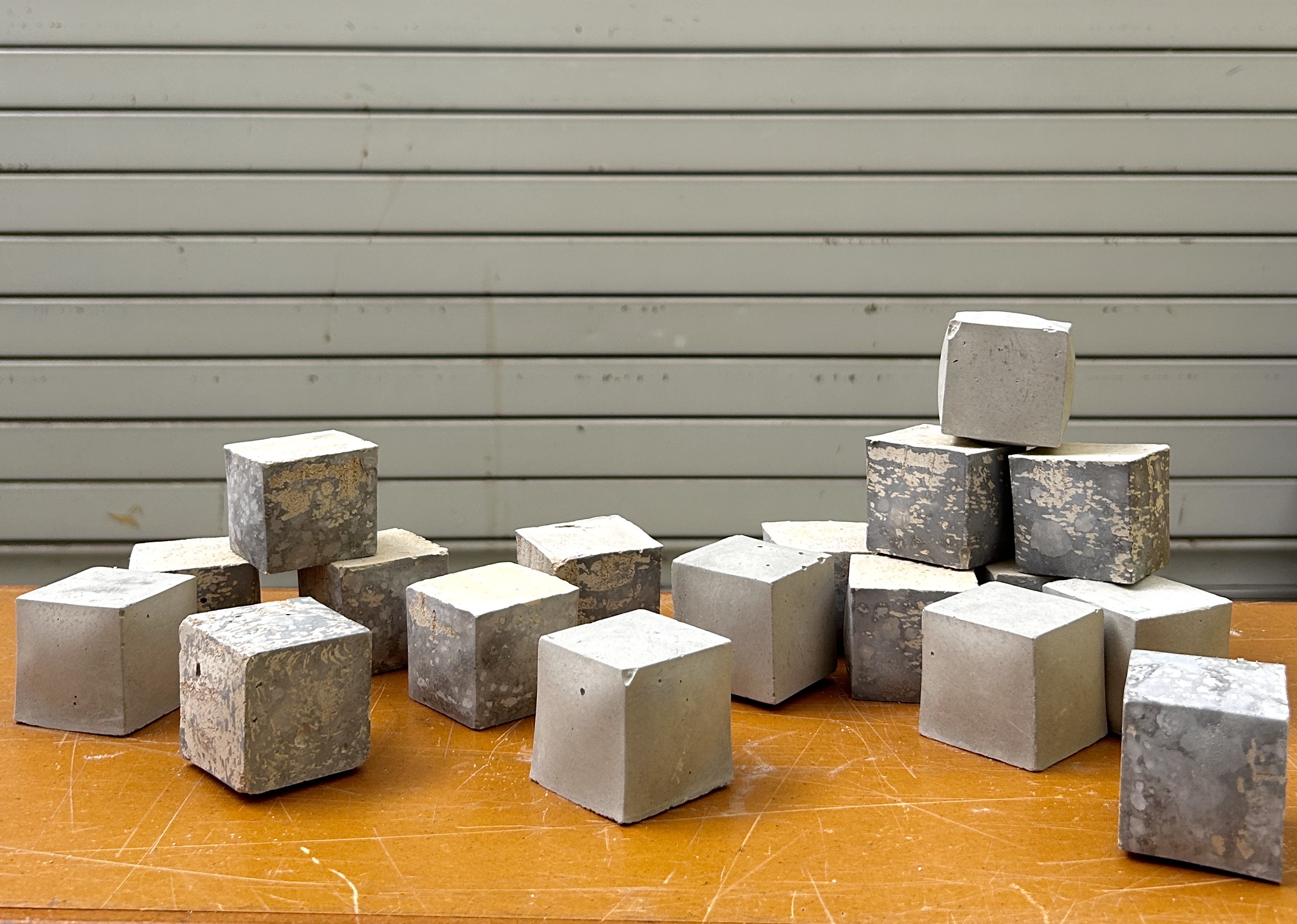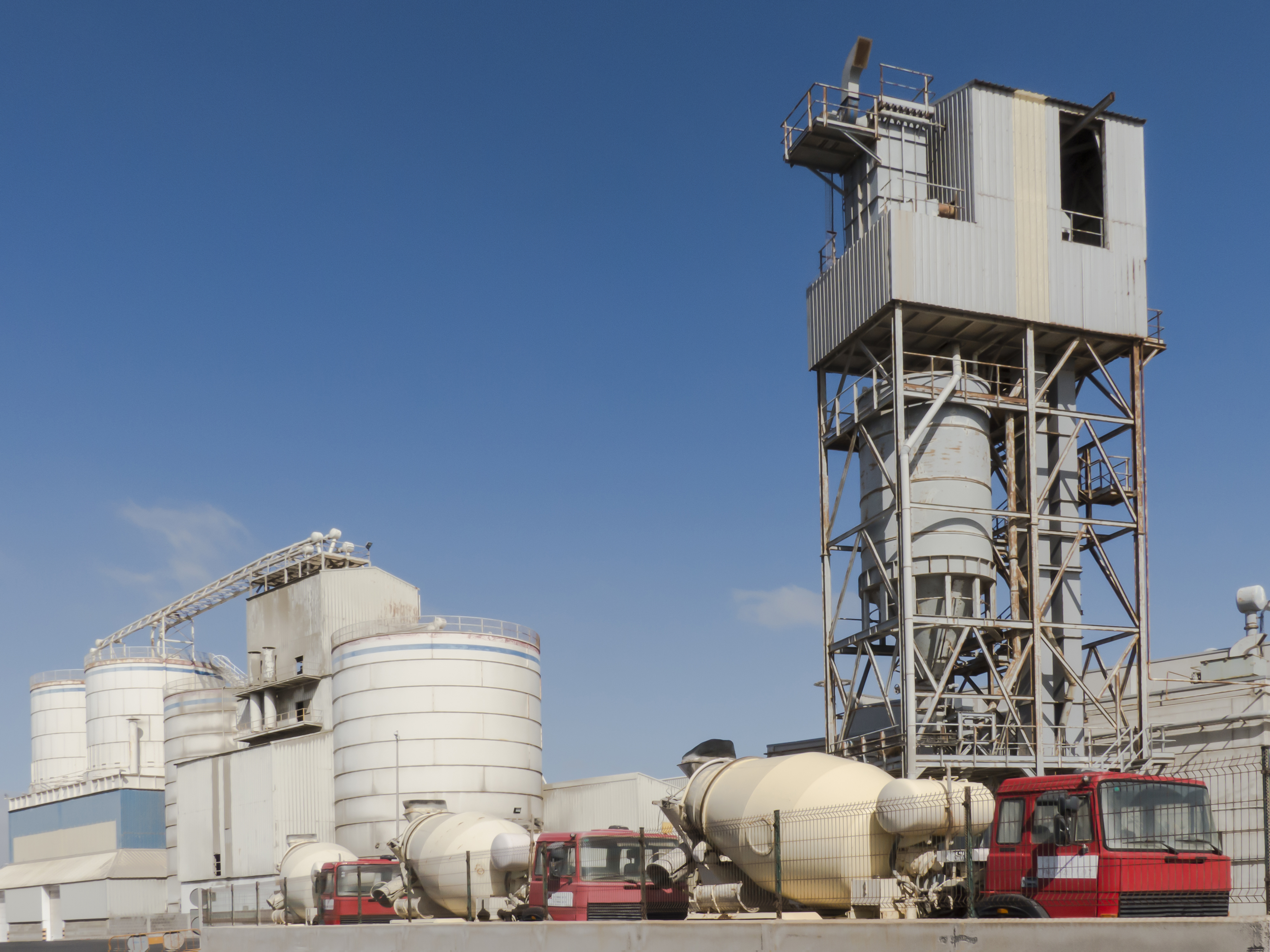Concrete is a fundamental building block of our nation’s—and the world’s—infrastructure, second only to water.
Industrial Efficiency & Decarbonization Office
January 17, 2025
Imagine a world without concrete: there would be no skyscrapers, bridges, sidewalks, or highways, as we know them today. Concrete is a fundamental building block of our nation’s—and the world’s—infrastructure, second only to water as the most used resource on the planet. Concrete, and the cement used to make it, is also critical to the U.S. economy. In 2022, 400 million cubic yards of ready-mix concrete was produced in the U.S., and demand is expected to double by 2050. However, concrete production is incredibly complex and energy intensive—with an energy profile that starts at the quarry and doesn’t end until the concrete is poured. Increasing the energy efficiency of this vital U.S. industry is critical to ensuring the sector’s competitiveness in a rapidly changing global market.
At the U.S. Department of Energy Industrial Efficiency and Decarbonization Office (IEDO), we’re investing in innovative technologies and priming them to move from the lab to the factory floor. We’re also working hard to bring the right experts to the table across the entire cement and concrete value chain, which is why we’re creating a national laboratory-led center focused on supporting the cement and concrete industry’s transition towards energy-efficient, next-generation technologies. Through collaborative partnerships and multi-disciplinary advancements, this initiative will create a foundation of knowledge and tools to accelerate innovation and overcome technical, regulatory, and commercial barriers across the industry.
This new center will help bridge the gap between research and development (R&D) and commercialization by bringing together the research community with market analysts and customers who have their fingers on the pulse of market viability. By bringing these two areas together, this new center will validate the best new technologies and make sure they’re positioned to successfully enter the marketplace.
The center will mobilize researchers, engineers, code and standards developers, and other key stakeholders across the full value chain to model and evaluate new technologies and de-risk them for first movers to help accelerate adoption. Additionally, through workforce training and educational initiatives, the center will equip industry professionals with the skills and knowledge required to implement, operate, and maintain these new technologies. The national lab selected will receive up to $9 million to develop and lead the center.

The center is part of IEDO's recently issued multiyear lab call for up to $150 million that will establish and expand national lab capabilities and centers—including the new cement and concrete center—and will ensure these new capabilities address the complexities of the industrial sector to benefit American communities across the country.
This new lab call reflects DOE’s strategy to leverage the convening power of the national labs to support industrial innovation and energy efficient technologies from early-stage research to market-ready solutions, positioning the United States as a global leader in technology development. DOE national labs are home to specialized instrumentation, characterization, testing, analytical methods, and computing capabilities that are beyond those of universities and industrial companies. These capabilities are also uniquely accessible to all of U.S. industry.
Learn more about what IEDO is doing to make the U.S. industrial sector more resilient, secure, and competitive.

